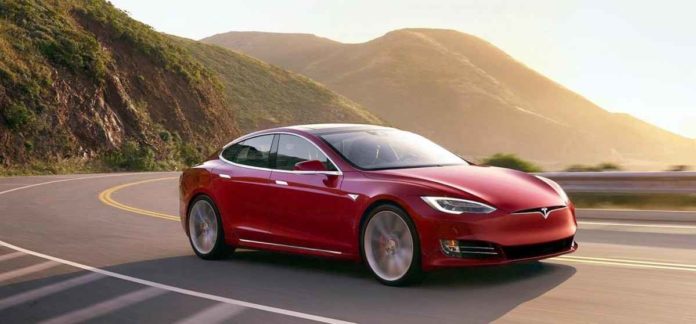
Following a 9% staff reduction in June 2018, Tesla Motors Company CEO Elon Musk announced in an open letter to staff on Thursday, January 18th that an additional 7% of workers would be shed to help streamline production efficiency.
Amounting to 3,000 people, the news of layoffs comes at a time when the company is struggling to capitalize on the traction it was able to muster with its seemingly strong finish in 2018.
Last year, Tesla sold roughly as many cars as it had in its entire previous production history, clearly a positive step in a year that featured a lot of drama for the company and its often-embattled CEO.
The Tesla Model 3 Sedan has alternately been described as “the best selling plug-in car in the United States” and the “best-selling luxury vehicle of the world” by various media outlets.
“Starting around May, we will need to deliver at least the mid-range Model 3 variance in all markets, as we need to reach more customers who can afford our vehicles,” Musk said. “Moreover, we need to continue making progress toward lower-priced variants of Model 3.“
In 2019, Tesla Motors will look to solidify its success and continue to forge ahead on its mission of disrupting global transportation with zero-emission vehicles, self-driving technologies, and forward looking cars that offer something tangibly different from competitors.
This is becoming increasingly difficult even for the largest and most established names in the automotive industry.
“Higher volume and manufacturing design improvements are crucial for Tesla to achieve the economies of scale required to manufacture the standard range (220 mile), standard interior Model 3 at $35K and still be a viable company,” Musk said. “There isn’t any other way.”
In late 2018, Ford and General Motors both announced they would stop building sedans to sell to Americans instead deciding to focus their attentions on the more profitable Truck and SUV categories.
GM announced it would close three production plants and layoff up to 14,000 workers. Morgan Stanley has suggested that Ford’s job losses could be even more significant.
“To those departing, thank you for everything you have done to advance our mission,” Musk wrote in his farewell letter. “I am deeply grateful for your contributions to Tesla. We would not be where we are today without you.”
In his letter, Musk said that to grow, Tesla has to shift its focus away from the luxury market:“While we have made great progress, our products are still too expensive for most people,” he wrote. That includes the Model 3, whose base price runs between $44,000 and $70,500, depending on the version and options. Those prices have allowed Tesla to make a profit even while slogging through “production hell.”
While Tesla CEO Elon Musk has been adamant about his desire to compete against major players such as Ford, Toyota, and General Motors, this is extremely difficult due to the price of battery components necessary to run its all-electric product line.
This is a big part of why the company’s closest competitors come from the luxury segment of the automotive industry with cars like the Jaguar I-Pace, Audi e-tron SUV, and Mercedes EQC.
To support the staff reduction, Tesla is also ending a program which rewarded customers who referred new buyers with chargers and free cars. The program was such as success as many as 40 individuals are due a $250,000 Tesla Roadster and 20 are actually waiting for two each.
Tesla Motors also just decided to raise the prices of its SuperCharger power stations. Ending any type of free-charging plan, the company has raised prices by as much as 33% in key markets such as New York City.
Tesla currently operates 1,422 Supercharger Stations with 12,011 Superchargers around the world and it wants to roughly double this year.
Fulfilling promises has not been easy for Tesla CEO Elon Musk. When announced, the Model 3 was projected to cost $35,000, a price it has never been able to deliver based on the economy of scale:
“The need for a lower priced variant of Model 3 becomes even greater on July 1, when the US tax credit again drops in half, making our car $1,875 more expensive, and again at the end of the year when it goes away entirely.”
Ending his letter with typical enthusiasm, Musk drew attention to Tesla innovations set to come in the near term future: “Full self-driving, Model Y, Semi, Truck and Roadster on the vehicle side and Powerwall/pack and Solar Roof on the energy side are only the start.”